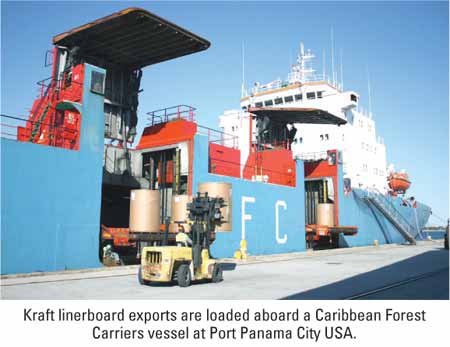
Florida Gulf ports gearing for increases in commerce
By Paul Scott Abbott, AJOTFrom container terminal projects at Tampa Bay ports to development of multifaceted facilities along the Panhandle, Florida Gulf ports are gearing up for increased commerce as the 2014 projected completion of expansion of the Panama Canal nears.
Despite challenging current economic conditions, the philosophy of Florida Gulf port officials appears to be that this is no time to stop developing infrastructure to accommodate trade growth, not only to be associated with the canal expansion but also with a possible near-future opening of US trade relations with Cuba.
Looking one-by-one at the Sunshine State’s ports along the Gulf of Mexico, beginning at Tampa Bay and continuing north and then westward on the Florida Panhandle:
PORT MANATEE
Central Florida’s Port Manatee, near the entrance to Tampa Bay, is taking multiple steps to advance containerized shipping opportunities and capitalize upon its location as the closest US deepwater seaport to the Panama Canal.
Last month, Port Manatee officials signed a memorandum of understanding with Panama Canal Authority counterparts, plus Florida Gov. Charlie Crist signed a bill that extends permitting exemptions for major regional developments to 3 miles beyond Florida port boundaries – a bill that should particularly benefit Port Manatee as Manatee County officials passed in May an ordinance providing economic incentives to attract new industries and distribution centers to the 3,700-acre Port Manatee Encouragement Zone.
Port Manatee’s infrastructure, which a year and a half ago saw addition of the port’s first mobile container crane, is moving toward completion of an expansion program, begun in 1999, the next phase of which calls for creation of 4,800 linear feet of berthing on the port’s north side. Dredging along the 1,584-foot-long Berth 12 should be done by early 2010. Also, progress is being made on funding for a dedicated port connector roadway to Interstate 75, in hopes of completion by 2014.
Also, Port Manatee recently added trans-Gulf barge service to Brownsville, Texas. (See separate article on page 3 of issue #453.)







